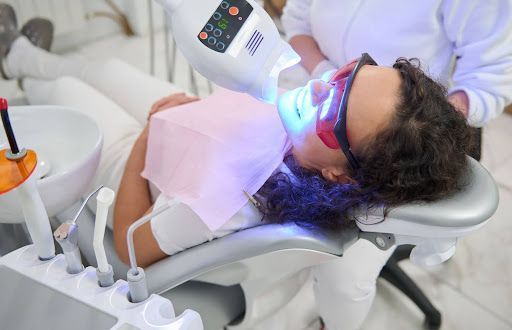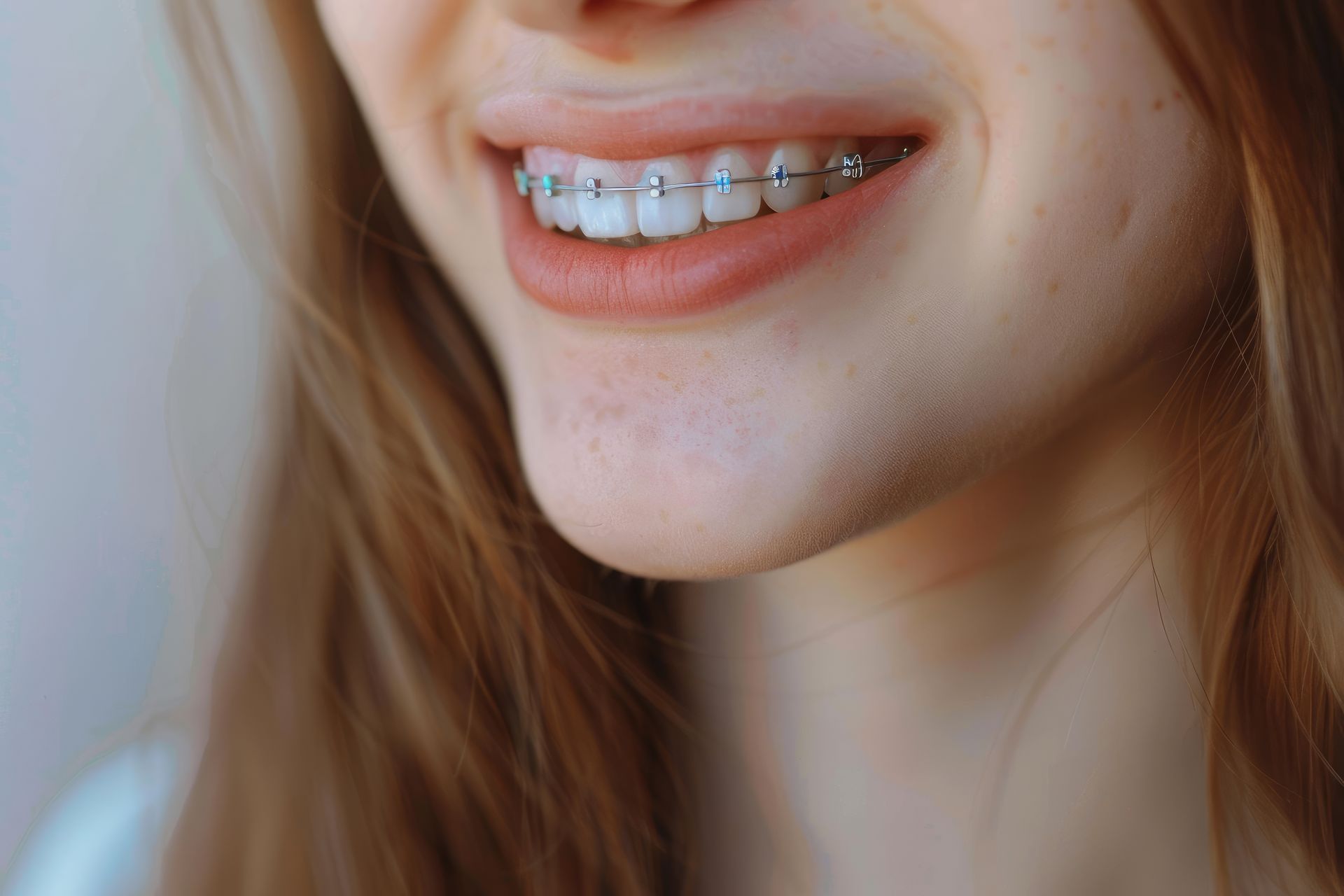Clear Aligners vs. Metal Braces: Busting Common Myths
Clear aligners and metal braces have both proven their worth in helping patients achieve straighter teeth and healthier smiles. Yet, despite their established track record, plenty of myths and misconceptions persist. For those in Omaha considering orthodontic treatment, understanding the reality behind these myths is key to making a confident decision. Here, we’ll delve into the truth about clear aligners and metal braces by analyzing effectiveness, comfort, appearance, and safety.
The Myth of Effectiveness: Are Clear Aligners Really Less Capable?
One of the most widespread myths is that clear aligners are somehow “weaker” or less capable than metal braces. In reality, both clear aligners and metal braces effectively address a range of orthodontic issues, from mild crowding to more complex malocclusions. Clear aligners can be just as successful in correcting misalignment, provided patients comply with the recommended wear times. As with any orthodontic treatment, diligence matters: skipping aligner wear or not following guidelines can diminish results. When used properly, however, clear aligners and metal braces can deliver comparable outcomes, offering patients a dependable path toward an aligned smile.
Metal braces remain a staple in orthodontics because of their versatility in treating moderate to severe alignment challenges. The durable design allows orthodontists to control tooth movement precisely, adjusting wires and brackets for refined corrections. However, that precision doesn’t mean clear aligners aren’t equally suited for many cases. Advancements in aligner materials and 3D treatment planning have dramatically expanded their ability to fix complex alignment concerns. Ultimately, the choice between clear aligners and metal braces often depends on patient preference, lifestyle, and the recommendation of your orthodontist.
Comfort and Convenience: Debunking Pain Myths
Another myth centers on the notion that metal braces are inherently painful, while clear aligners are entirely painless. Discomfort levels vary from person to person and typically relate more to the tooth movement process than the appliance itself. Initially, both clear aligners and metal braces can create pressure as teeth shift, which may lead to mild soreness for a few days. Over time, most patients adapt to this pressure.
Clear aligners do have a slight edge in comfort because there are no wires or brackets to rub against the inside of the cheeks. Yet, wearing aligners for the recommended 20 to 22 hours per day still requires discipline. Patients may notice discomfort when inserting or removing them, especially at the beginning of a new aligner tray. Meanwhile, metal braces can require occasional adjustments, and you might need to use orthodontic wax if the brackets cause irritation. No system is entirely free of discomfort, but neither option is unmanageably painful, and modern orthodontic advancements continually focus on patient comfort.
Appearance and Self-Confidence: A Question of Visibility
Appearance is a common concern that shapes patient decisions. Clear aligners are virtually invisible, which appeals to teenagers and adults who are hesitant about flashing a metal smile at school or work. This cosmetic edge often makes aligners popular among those who place a premium on discreet treatment. For others, especially children or younger teens, braces can be a rite of passage. Moreover, there are now options for metal braces with smaller brackets, aesthetic materials, or colorful bands.
What’s important is to acknowledge that both options can foster self-confidence. Metal braces today are sleeker than they were decades ago, and many patients enjoy personalizing their brackets with different colored elastics. Clear aligners, though more subtle, still require consistent use to remain clear and avoid staining from drinks like coffee or tea. Regardless of the choice, seeing progress toward a straighter smile encourages many patients to feel more self-assured, even during treatment.
Safety Considerations: Addressing Misconceptions
Some future patients worry about metal braces and potential issues with broken wires or brackets, while others suspect that plastic aligners may not be as hygienic. In practice, each system has established safety measures. Metal braces consist of medical-grade materials designed to minimize adverse reactions, and bonding techniques have been refined to reduce bracket breakage. Clear aligners today are typically made from BPA-free thermoplastic, posing minimal risk of leaching chemicals.
Both metal braces and clear aligners, when used correctly, uphold rigorous safety standards and are well-tolerated by most patients. Maintaining proper oral hygiene is the real key here: regular brushing, flossing, and professional cleaning ensure that whichever option you choose works safely in tandem with a healthy smile.
Thinking About Your Next Steps
Choosing between clear aligners and metal braces can feel overwhelming, but it comes down to personal preference, lifestyle, and the scope of your orthodontic needs. If you value near-invisible treatment and are diligent enough to wear aligners for the prescribed duration, clear aligners may be the ideal choice. If you prefer something more fixed and robust for complex cases, metal braces remain a fantastic, time-tested option. Both serve as proven methods to correct misalignment, each with unique perks.
At McAllister Orthodontics, we assess your individual needs and discuss which treatment aligns best with your goals. We believe in transparent, evidence-based guidance to help you navigate the options and experience the most comfortable, gratifying journey to a new smile.
Ready to Learn More?
Your path to a straighter, healthier smile starts with professional advice tailored to your situation. When you’re ready to talk about clear aligners or metal braces, we’re here to help.
Contact us to schedule a consultation or learn more about our services at McAllister Orthodontics. We look forward to answering your questions and guiding you through your orthodontic journey.












